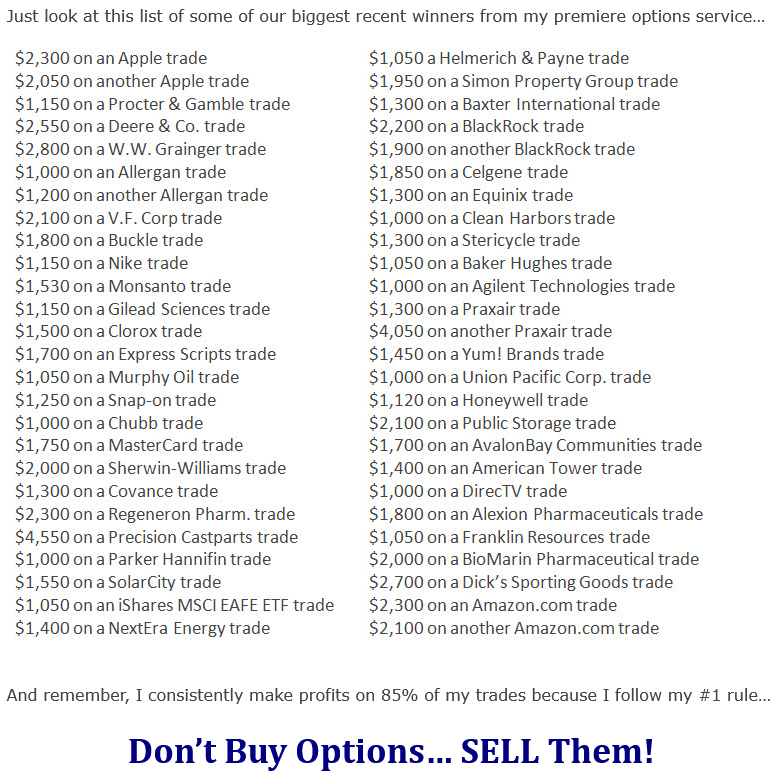

Therefore, “ERSP recommended that the marketer discontinue the use of customer testimonials and claims regarding the success of Jim Fink,” and include disclosures revealing the typical investor’s experience. While ERSP didn’t challenge the ads’ claims that Personal Finance’s spokesperson Jim Fink had done quite well as an investor, it still held that testimonials to that effect constituted earnings claims.Īnd in the final analysis, these claims could not be measured against a benchmark user experience: If “earning claims being disseminated by a marketer are attributed to product users and are atypical, then the marketer’s burden is to disclose (clearly and conspicuously) the amount of money consumers can generally expect to earn.” While ERSP objected to the promises of “quick and easy” wealth, the heart of its critique focused on the lack of information in the ads about what constitutes a typical investor experience, especially because the ads included many consumer testimonials that should have contained clear and conspicuous disclosures as to the amount of money consumers can expect to earn. Additionally, ERSP evaluated claims Investing Daily made about higher education and goods such as diamond rings and concluded that these were “implied earning claims that communicate that consumers can earn enough money to achieve these goals.” That adds up to $67,548 per year.”ĮRSP persisted in its inquiry, holding that both versions of the text were making earning claims for which a marketer must have a reasonable basis, and that neither was substantiated by the evidence at hand, which included articles describing prior instances of successful trades found in another program available for purchase by Personal Finance subscribers. ERSP alleged that Investing Daily changed the claim “I want to thank you for taking the first step to earning an average of up to $185 per day, every day … forever” to “I want to thank you for joining me on the path to earning up to $185 per day, every day trading options. Investing Daily promised to cooperate with the Program’s inquiry and make changes to its taglines, but its first efforts were judged as somewhat … equivocal. “‘I ended the year with a cash flow well over $100,000 … which is just plain unbelievable.’ – Roger D., Wayzata, MN” “And that’s why selling options is about the closest you can get to never losing money investing.” “Look how easy it is to collect thousands of dollars in ‘free money’ every month.” “Give me 9 minutes a week and I guarantee you $67,548 a year.” And despite the staid title, the pitches for the publication can be fierce. The publication is Investing Daily’s main subscription service that provides investment recommendations such as equities, fixed income and options. Personal Finance may be familiar to you it’s been advertised widely on the web, including through videos featuring various experts and spokespeople lauding its moneymaking prowess. From these examples alone, it’s clear that Investing Daily has no qualms about making an impression.īut it was the company’s more parochial flagship publication, Personal Finance, that caught the eye of the Electronic Retailing Self-Regulation Program (ERSP or Program). Investing Daily is a website that promotes a handful of splashily titled publications such as Radical Wealth Alliance, Income Millionaire and Velocity Trader. Programs asks what a typical investor’s experience is likely to yield

ERSP Asks Investing Daily to Tone It Down


 0 kommentar(er)
0 kommentar(er)
